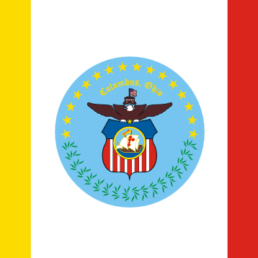Anticipating that the increasing effects of climate change could threaten the city’s water resources, Columbus is taking steps to secure its water supply from the Scioto River.
Today, the Scioto River supplies 85% of the Columbus, Ohio, region’s water needs. The region receives less than 38 inches of precipitation on average annually. In order to identify risks to the region’s water resources, the city commissioned a study finding a need to plan for more frequent heat waves, increased incidence of extreme storm and weather events, and unpredictable precipitation. Using these results, the Sustaining Scioto Plan – an adaptive management plan – was developed to guide future actions within the region that would maintain a resilient water supply system based on water sourced from the Scioto River.
The Sustaining Scioto Plan provides utilities, developers, agriculture, and industry with an understanding of potential climate change risks and serves as a guide for future investment and planning for water resource management within the region. One goal of the Sustaining Scioto Plan is to keep the water from the Scioto River clean directly at the source, making the subsequent water treatment more cost effective and lowering water rates for local residents and businesses.
3.2 million people are projected to have clean drinking water by 2090, due to the Sustaining Scioto Plan
The challenge
Columbus, Ohio, has yet to experience water shortages. However, with extreme weather events becoming more common, and with the region experiencing record-breaking heat, unprecedented flooding, and prolonged periods of drought, the city has developed an adaptive management plan to ensure a resilient water supply system in the coming decades.
Co-benefits
Economic By adapting the region’s water management to a changing climate, the Sustaining Scioto Plan aims to prevent many of the economic consequences of extreme weather events, such as increased food prices, decreased human productivity, increased cost of utility services, and increased cost of insurance and costly post-storm damages.
Health The Sustaining Scioto Plan aims to reduce the risk of waterborne diseases through effective water management.
Social By adapting to climate change, Columbus will ensure that rivers, streams, and reservoirs in and around the city continue to serve as scenic gathering places, recreational areas, and enjoyable public spaces for residents.
About Columbus
Columbus is the capital and largest city of the U.S. state of Ohio and has population of 860,090 as of 2016 estimates. In 2016, Money Magazine ranked Columbus as one of “The 6 Best Big Cities”, calling it the best in the Midwest, citing a highly educated workforce and excellent wage growth.


